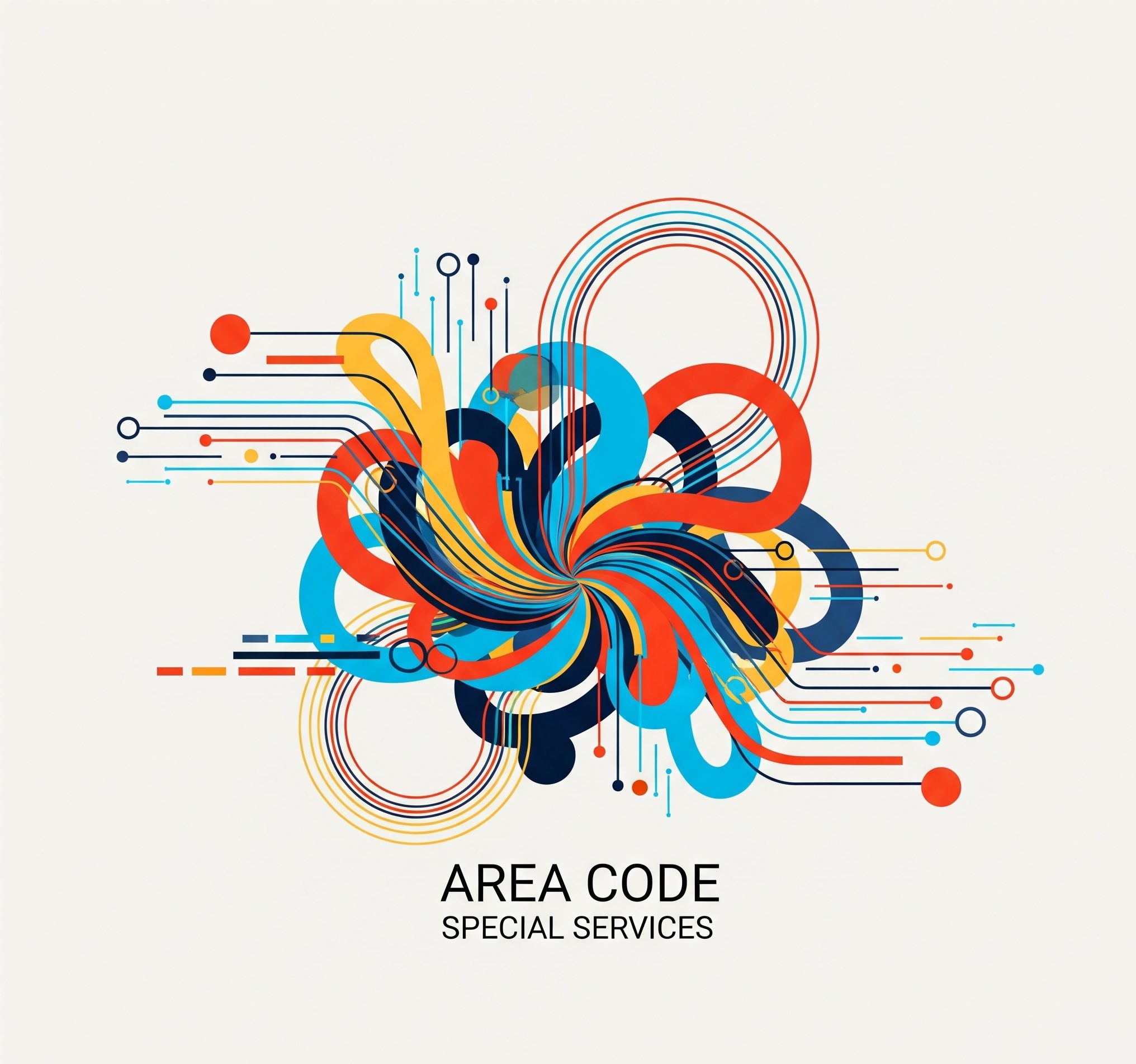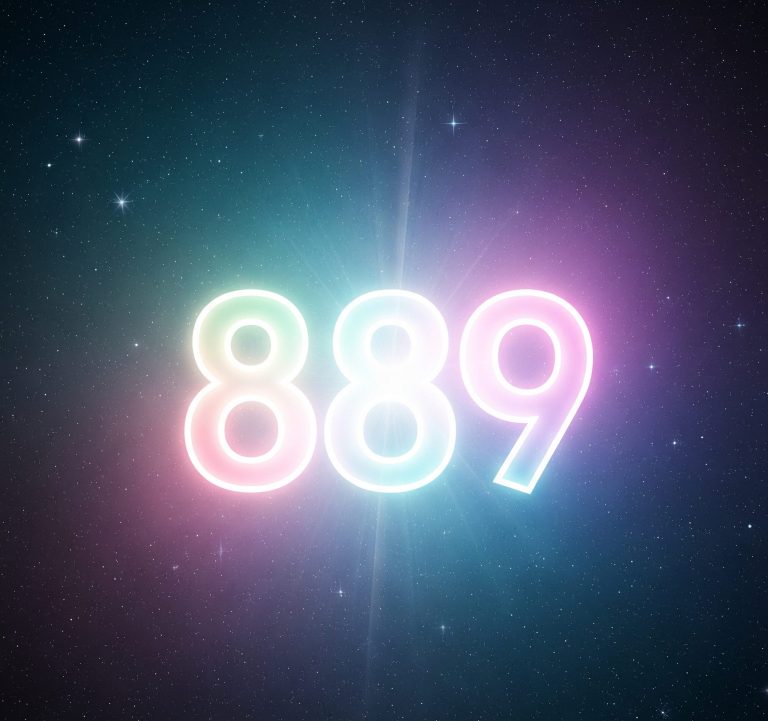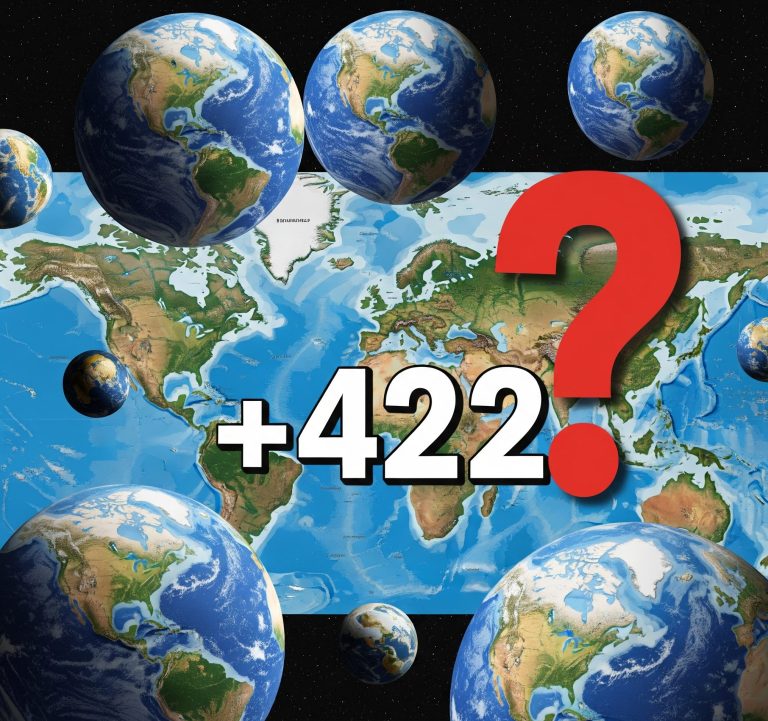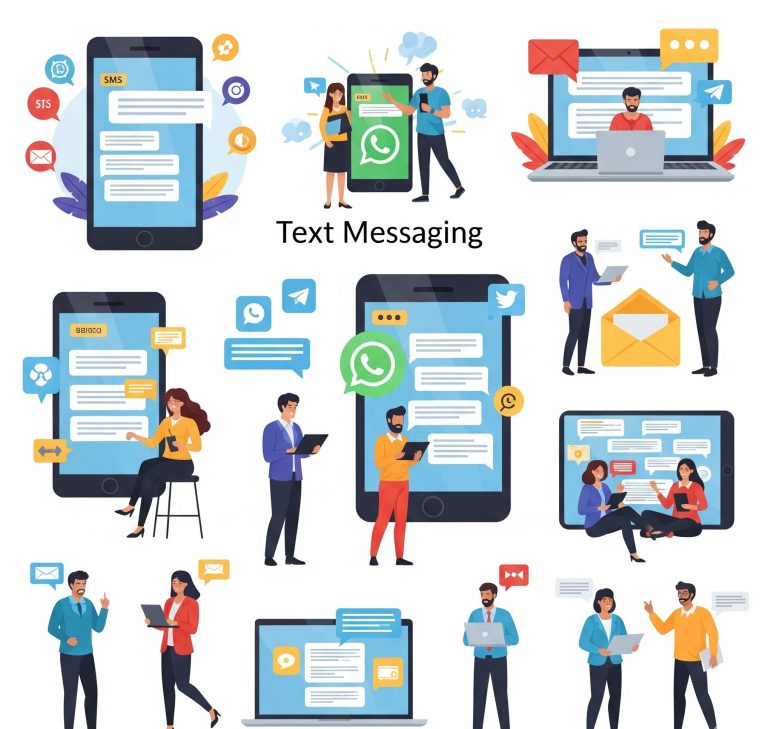Have you recently received a perplexing text message from a 588 area code? Perhaps you’ve seen it pop up in a group chat, announcing that a friend has “left the group.” You’re not alone. The emergence of the 588 area code has sparked curiosity and confusion across the United States. But fear not, this isn’t a scam or a sign that your friend has blocked you. The story behind the 588 area code is rooted in the evolution of our digital communication and the ever-growing need for more phone numbers.
Contrary to what some online sources might claim, the 588 area code is not tied to a specific city or state like the familiar 212 of New York City or the 310 of Los Angeles. Instead, it belongs to a special category of area codes known as non-geographic codes. These codes are not assigned to a particular region but are used for specific services that transcend geographical boundaries.
Contents
What are Non-Geographic Area Codes?
Think of traditional area codes as the digital equivalent of a zip code, pinpointing a general location. Non-geographic area codes, on the other hand, are more like a special-purpose tool in the vast telecommunications network. The North American Numbering Plan Administration (NANPA), the body that oversees phone number allocation, has designated certain area codes for services such as satellite phones, “follow-me” personal communication services, and other specialized applications.
The 588 area code falls squarely into this category. It was officially put into service on September 9, 2015, primarily to alleviate the demand on the 500 area code, which was also designated for personal communication services. These “easily recognizable codes,” where the second and third digits are the same, are often reserved for such special uses.
The Verizon Connection: Solving the “Left the Group” Mystery
So, why are so many Americans suddenly encountering the 588 area code in their text messages? The recent surge in sightings is largely due to a technical shift within Verizon’s services. The wireless carrier has been in the process of sunsetting its Message+ application.
As part of this transition, when a group chat includes both users of the Verizon Message+ app and those who don’t use it, the system can generate automated messages. These messages, often originating from a 588 area code, might inform the group that a non-Message+ user has “left the group.” This is simply a byproduct of the backend system adjustments and not an actual action taken by the individual. It’s a digital ghost in the machine, a temporary anomaly as the technology evolves.
It’s important to understand that these messages are harmless. They are not indicative of a security breach or a malicious attempt to access your information. They are a temporary and technical quirk in the complex world of mobile messaging.
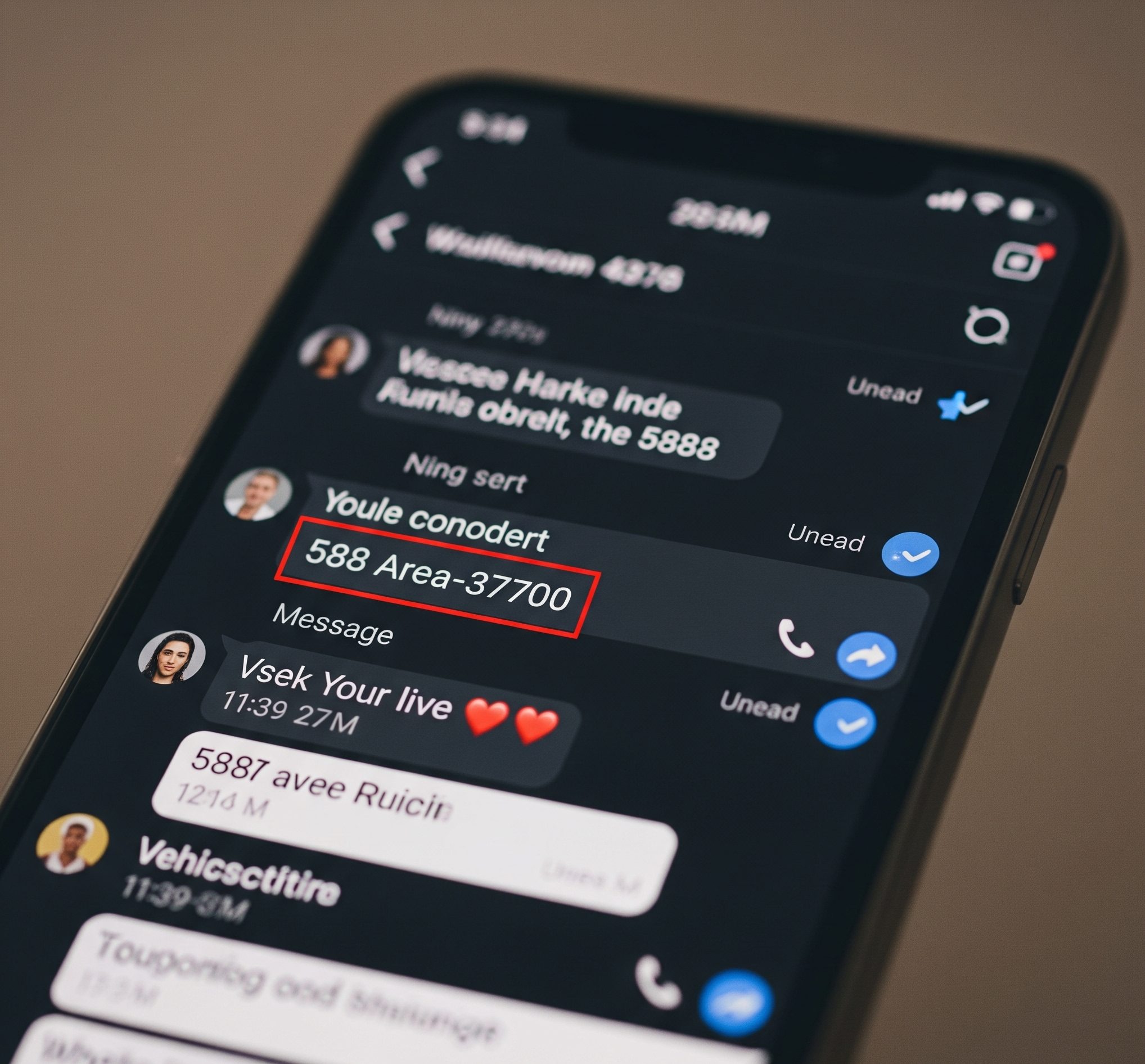
The Ever-Expanding Digital Landscape and the Need for New Area Codes
The introduction of area codes like 588 highlights a broader trend in our increasingly connected world: the insatiable demand for new phone numbers. When the first area codes were established in 1947, the system was designed to last for decades. However, no one could have predicted the explosion of mobile phones, tablets, and other connected devices that would each require a unique phone number.
This proliferation of devices has led to what is known as “number exhaustion” in many parts of the country. To combat this, new area codes are constantly being introduced. You may have noticed this in your own community, with the implementation of “overlay” area codes, where a new code is added to the same geographic area as an existing one, requiring ten-digit dialing for all local calls.
conclusion
The creation of non-geographic area codes like the 588 area code is another strategy to manage this growing demand. By designating certain codes for specific services, it helps to preserve the pool of geographic area codes for traditional landlines and mobile phones in specific regions.
So, the next time you see the 588 area code, you’ll know that it’s not a call from a mysterious, uncharted territory. Instead, it’s a small but significant piece of the ever-evolving puzzle of our digital infrastructure, a testament to our constant need to stay connected in a world that is becoming more and more intertwined with technology. While its sudden appearance may have caused some initial bewilderment, the 588 area code is simply a sign of the times, a digital footprint of our journey into a more connected future.

